Board and Batten History
A little board and batten history for you.
Wonder why they call it Board and Batten? It has a wonderful history. Impress your friends, learn some history.
When the colonist first came to America, trees grew everywhere and they were very plentiful, so everyone just cut down a few trees and built their house, or as they called them log cabins. America's first homes were actually log cabins.
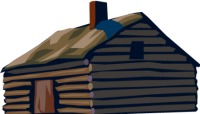
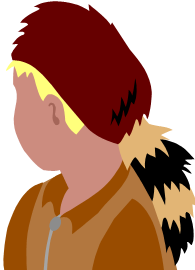
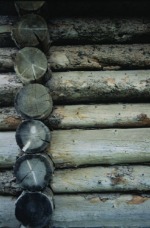
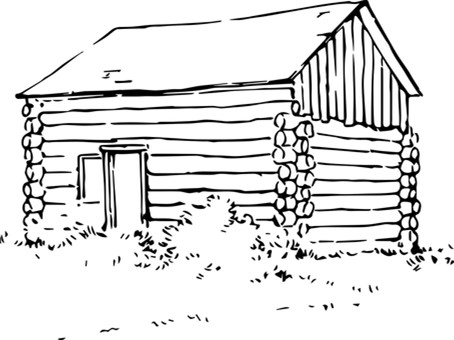 Simple Log Cabin
Simple Log Cabin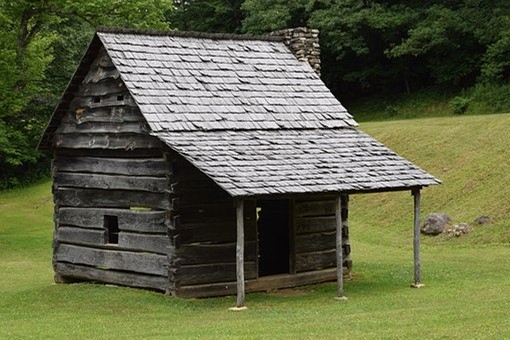
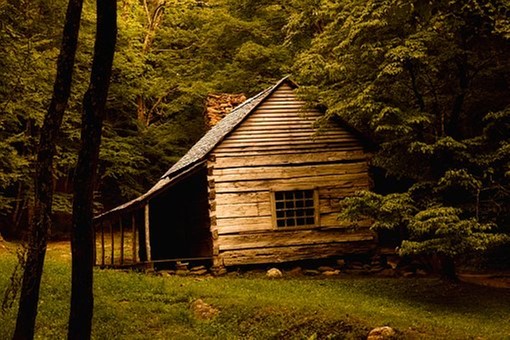 Log Cabin
Log Cabin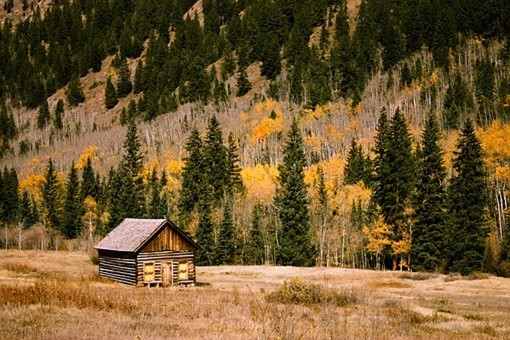
As more and more people came, they needed to build more and more houses. So, they just cut down more and more trees.
It took a lot of trees to build a single log cabin. It was not very efficient. Trees come in many different sizes, so when you cut them down and stack the logs on top of each other, they didn't fit together very tightly and would allow the cold winter winds to blow between the cracks.
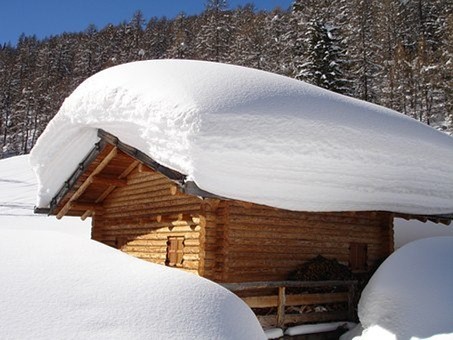 Log Cabin
Log CabinEarly homeowners had to stuff 'mud' in the cracks between the logs to keep harsh winter winds from coming in. They mixed straw with the mud, and even animal skins and stuffed that between the logs to keep the harsh winter winds from blowing into the cabin.
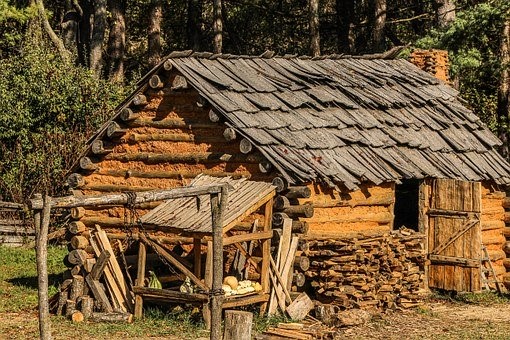 Log Cabin
Log CabinMore Board and Batten History
The board and batten history, started when the first settlers began to build sawmills to cut the tree logs into long strips of wood called wooden planks. As more colonists came, people begin to build more and more sawmills. Then they would cut down a tree and saw it into many long strips of wood about an inch thick, called boards or planks. These wooden planks or boards were about twelve inches or more wide and an inch or so thick and could be twenty-five feet or longer. Great stuff for building houses with.
Now, instead of using whole trees to build houses they would first build a frame, and then they would nail the long narrow boards onto the frame, completely covering the outside of the house. The whole house was completely covered in long wooden boards. Nailing long strips of wood onto the frame of the house made the home much more weather tight and would keep the frosty winter winds and rains from blowing through the cracks.
Board and batten history began when the colonist started using the sawn boards or planks, from the cut trees or logs, and would nail the sawn planks or long wooden boards up and down or vertically, across the house. Where the boards fit together, because the freshly sawn planks were not exactly even, when they nailed them together there would be a tiny crack where the boards came together. So, they would nail a small wooded strip of wood a couple inches wide, called a 'batten' over the cracks to make it more airtight. Hence the name 'board and batten'. Farmers used it across the U.S. to build their barns for generations and is still sometimes called 'Barn Siding".
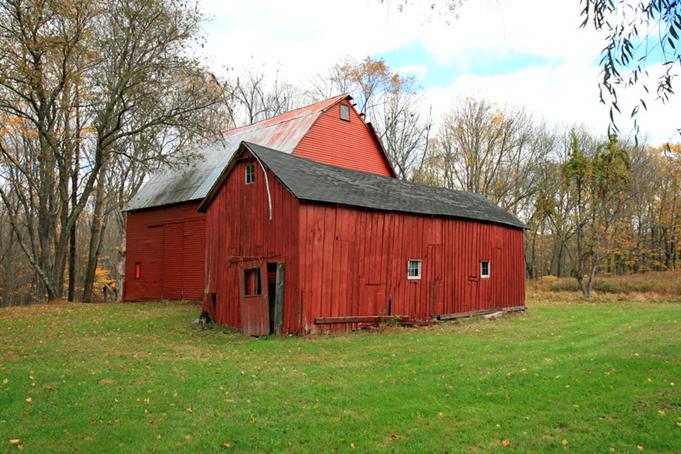 Barn Style Board and Batten Siding
Barn Style Board and Batten Siding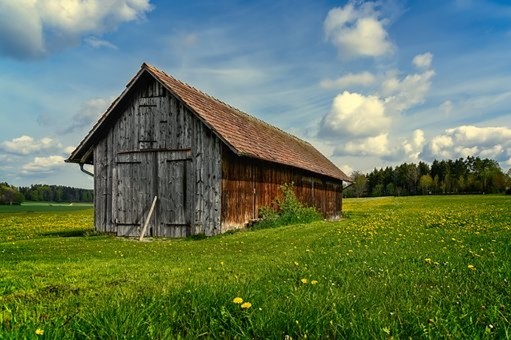 Old Barn Style Siding Board and Batten
Old Barn Style Siding Board and Batten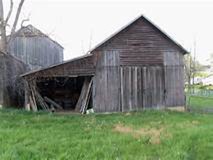 Old Barn Style Siding
Old Barn Style Siding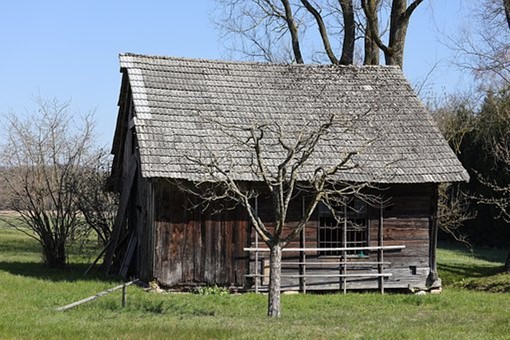 Old Barn Style Siding Board and Batten
Old Barn Style Siding Board and Batten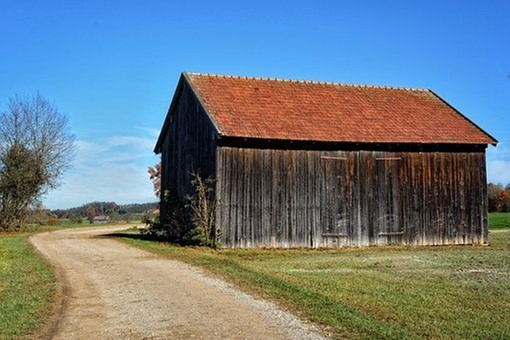 Barn Style Siding Board and Batten
Barn Style Siding Board and BattenBoard and batten or vertical siding was already popular in Europe in places like England, Norway, and Sweden. So, the colonists were familiar with this type of building already readily adopted the style.
This weather tight way of building houses that protected against the harsh winter winds became the most fashionable style of home siding. And they could build more houses using fewer trees! The colonists were the original 'Green' builders.
Clapboard Siding makes its debut
Clapboard siding makes its debut about the same time as board and batten siding as early settlers began to use sawmills to cut the tree logs into long planks or boards.
Clapboard is style of siding where the long boards are nailed horizontally, or from end of the house to the other end of the end of the house. Clapboard was also immensely popular and was sometimes called 'ship-lap' because it looked like the side of an old sailing ship
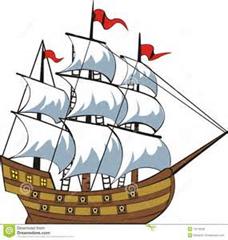 Horizontal Siding or Ship Lap Siding
Horizontal Siding or Ship Lap SidingThese two styles became the most popular methods of building homes for generations. If you built your house out of wood, this was what you used. So began the first house siding 'styles'
More Board and Batten History 101
More board and batten history. Funny name and what in the world is a batten?
Board and batten is one of the older types of siding used on houses, especially in Europe. When early settlers came from Europe to America and started to build houses, trees were plentiful, so they cut down trees to make log cabins.
The board and batten history continues. As more and more people came to America, they needed more and more houses built. Soon some people began to make sawmills to saw the cut trees into planks or boards. So, they would cut down trees and saw them into long planks. Each tree produced many long planks. They used these long wooden planks to cover their houses.
When they started to build two story buildings, it was convenient to cut tall trees down and saw them into long, 20'-25' wooden planks. The long wooden planks were long enough to run from the bottom of the house to the top of the second story. And since these planks were 12" wide or wider, they covered a lot of wall space with a few planks. An efficient use of wood and it saved a lot of trees.
Since farmers are exceptionally good at being efficient, they would cut down the trees on their farms to clear the land for their crops. Then they would saw the trees or logs, into long planks and use them to build two- and three-story houses and they would build barns to keep the horses and cows in. Got to keep the cows happy.
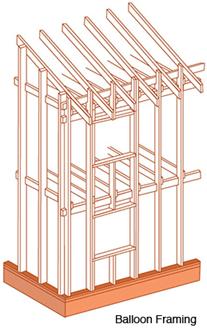
When the farmers cut the tall trees down and sawed long plank that were twenty feet long or more, the planks were long enough to run vertically from the bottom of the house, the floor, to the top of the second story. This type of construction is called "Balloon Framing".
Once the frame was built, they used more of the long wooden planks, 10 to 12 inches wide, to cover the frame.
They could nail each wooden plank from the bottom of the house all the way up to the top of the house with one long board. When they had nailed all the long vertical planks onto the house, they would come back and nail a small two- or three-inch strip of wood called a 'batten' where the planks came together.
This made the siding very weatherproof. Keeping out
the harsh winter winds and driving rains and made the barns and houses much warmer in the
winter.
More board and batten history, it was the farmers that used this type of construction to make barns all over the county. They could cut out forest areas so they could plant the crops, and then use the cut trees to saw into long framing and siding planks. This was so common on farms that the style became known as 'Barn Siding'.
 Barn Siding or Board and Batten
Barn Siding or Board and BattenWhen they use the long planks or boards to completely cover the outside of the house, where the boards came together there would be a small crack between the two boards. A small strip of wood about 2 or 3 inches wide called a 'batten' would then be nailed over the crack or seam to make it weather tight. Hence the name Board and Batten.
It was when early settlers started to build two- and three-story houses that this type of siding became so popular.
Back to Board and Batten Siding.
To see more pictures of homes using different vinyl siding styles click here.
More Board and Batten History
Let's learn a little more board and batten history. As more and more people needed homes, the settlers began to take the logs and saw them into long planks or boards. They could get many long boards out of each tree. They could cut down a 30-40 ft tree and saw it into many exceptionally long boards.
They would use the long wooden boards to build a frame, sometime two or more stories high. This is called Balloon Style Framing and was common up into the 1900's.
If you live in a two-story home that was built in the early 1920's, it is most likely to have this type of construction.
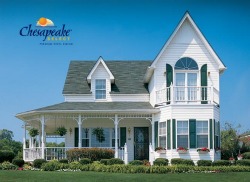
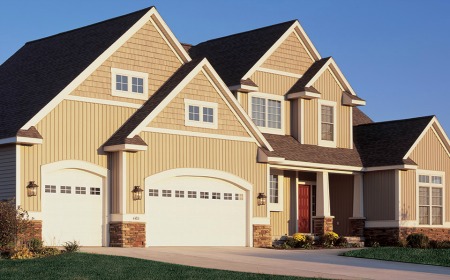 Modern Day Board and Batten
Modern Day Board and Batten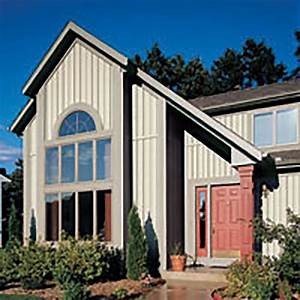 Modern Board and Batten Siding
Modern Board and Batten Siding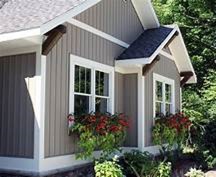
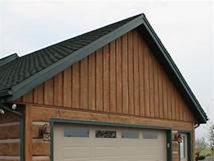 Modern Board and Batten Siding
Modern Board and Batten Siding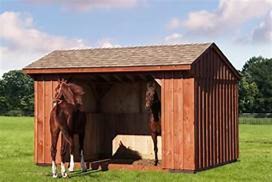 Modern Board and Batten Siding
Modern Board and Batten Siding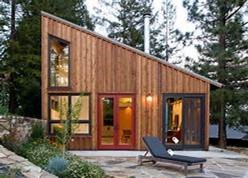 Modern Board and Batten Siding
Modern Board and Batten Siding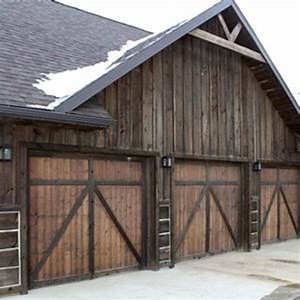 Modern Board and Batten Siding
Modern Board and Batten Siding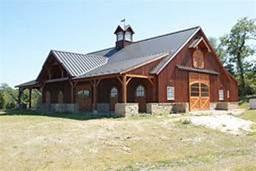 Modern Board and Batten Siding
Modern Board and Batten SidingSince trees were so plentiful when they cut down a tall tree, they cut very long planks. They used these long 25+ feet planks to build frames that were two and three stories high.
This method of construction was quite common and used all over the U.S. for many years. Even though the framing method is different today, the board and batten siding style is still very popular and used on a wide variety of home styles.
Common Woods used for Board and Batten
The most common woods used for board and batten many years ago were the hard woods. Oak was the most favorite because of its durability.
Cedar; Colonist used Cedar for one of their first choices because of the rich texture of the grain, and it's resistance to rot and water problems. Cedar is a strong wood that does not split easily, grows tall and straight and each tree could be cut into many very long, very wide planks. Today Cedar wood is expensive and requires frequent maintenance, but still at the top in popularity.
Redwood: Redwood is an excellent choice for board and batten siding. It has a rich texture and beautiful color hues. Redwood resists warping has little shrinkage and requires less maintenance than other woods. It is also insect resistant.
Redwood is expensive and hard to find outside western states.
Pine: Pine is the most common wood used today for board and batten siding. It is plentiful, fairly inexpensive and can be found throughout the U.S. Since Pine is a softwood it is prone to splitting, warping and must be painted often to protect it from harsh weather.
Vinyl: Vinyl board and batten recreates the board and batten style siding with strong vinyl panels that look exactly like real wood. Vinyl siding comes in every possible color, texture and style. It is affordable, covers most existing home exteriors and can be installed very quickly.
Vinyl board and batten siding never needs painting, will never rot and termites won't eat it. Just wash it down a couple times a year and your house will look like brand new for decades.
Some homeowners try to do it themselves but we recommend that you always hire a quality licensed contractor. Someone that installs siding every day can do a much better job than someone who has never done siding before.
Vinyl Board and Batten siding is one of the most popular material used today.
There are other materials that deserve looking into. Concrete board or Hardie Board is a strong alternative to both wood and vinyl sidings.
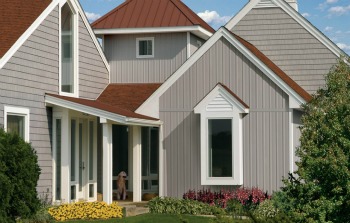 Modern Board and Batten
Modern Board and Batten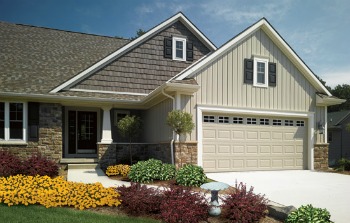 Board and Batten used as an accent feature
Board and Batten used as an accent featureGo Back to Board and Batten Siding Home Page Click Here


